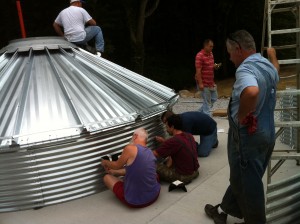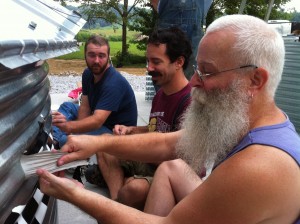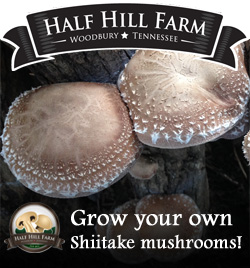Farm hour: preventing herbicidal drift from utility right of ways
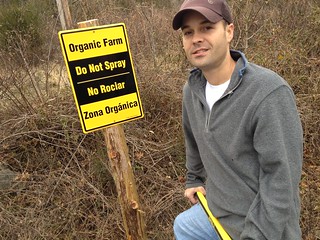 I didn’t know what to expect working with local utilities to prevent drift from chemical management of right of ways onto our organic farm.
I didn’t know what to expect working with local utilities to prevent drift from chemical management of right of ways onto our organic farm.
Each of our local utilities who need access to the front of the farm had never dealt with a request like this, but each one totally understood my goals and appreciated my willingness to help them manage right of ways without chemicals.
The key phrase there is “my willingness to help them.” That’s a commitment to some work on my part. Luckily the right of ways are down hill a good distance from the fields we are certifying as organic, but we’ll have to dedicate some weekend farm hours to clearing brush.
Some practical advice I got from Middle Tennessee Electric Membership Cooperative was to make sure bilingual signs were posted. I can send them 50 letters, but a sign is all the contracted crews managing vegetation will see.
We got this embossed aluminum 12×18 “Do Not Spray” sign online. If you are going through the process of becoming a USDA Certified Organic farm, your certifying agent can help you with draft letters to neighbors and local utilities.




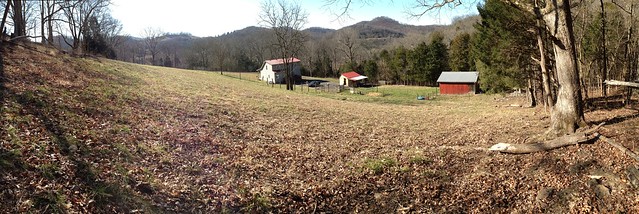

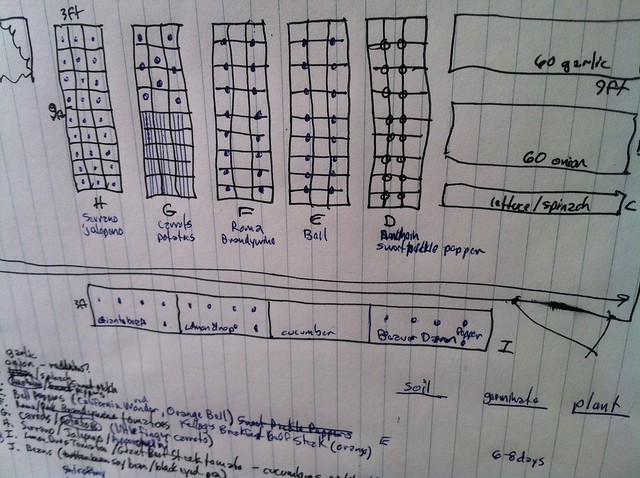
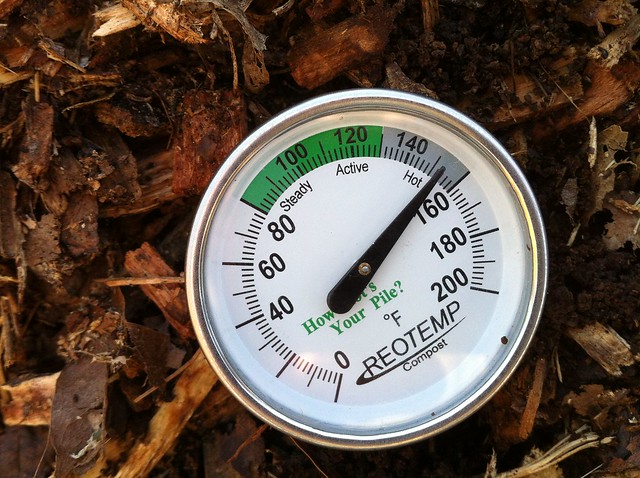
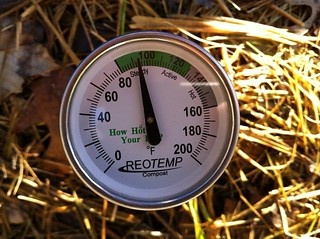 Heat is a natural byproduct of all the biomass interactions breaking down the pile. A hot pile can be around 160 degrees for a few days.
Heat is a natural byproduct of all the biomass interactions breaking down the pile. A hot pile can be around 160 degrees for a few days.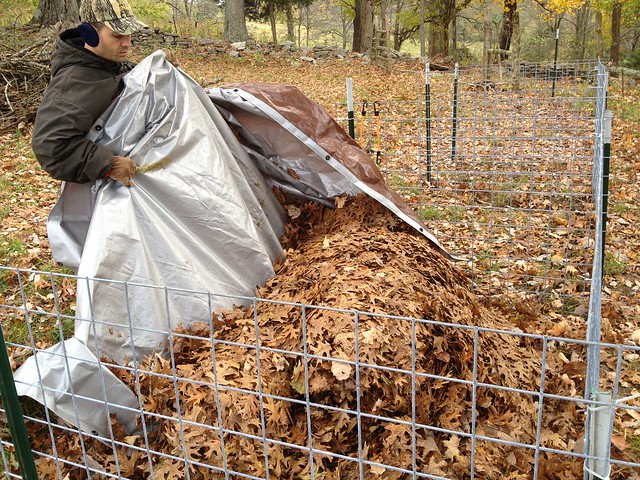
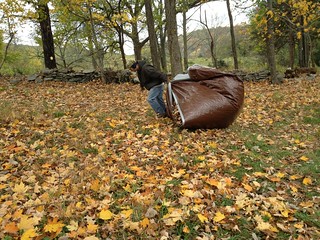 The orchard “mulchery” is set up. It’s 20 feet long, five feet wide and about 4 feet tall. If half the space is used, that should be 200 cubic feet of mulch. We added about 80 cubic feet of compacted, harvested leaves to use throughout the winter and started a pile with some of them today in the middle bin.
The orchard “mulchery” is set up. It’s 20 feet long, five feet wide and about 4 feet tall. If half the space is used, that should be 200 cubic feet of mulch. We added about 80 cubic feet of compacted, harvested leaves to use throughout the winter and started a pile with some of them today in the middle bin. What’s Possible? I measured the space and determined if we use the entire space for blueberry bushes and apple trees, we’re looking at around 175 blueberry bushes and 32 apple trees. Using non-organic yields, the potential looks like this:
What’s Possible? I measured the space and determined if we use the entire space for blueberry bushes and apple trees, we’re looking at around 175 blueberry bushes and 32 apple trees. Using non-organic yields, the potential looks like this: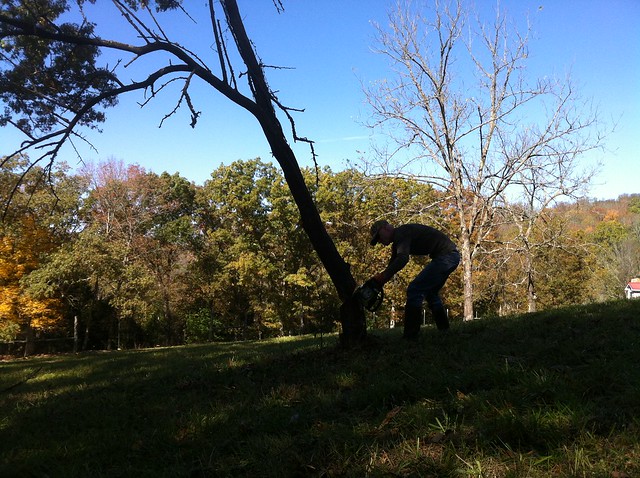
 This is one Fall and Winter chore I think will really pay off no matter what we decide to plant in the orchard.
This is one Fall and Winter chore I think will really pay off no matter what we decide to plant in the orchard.